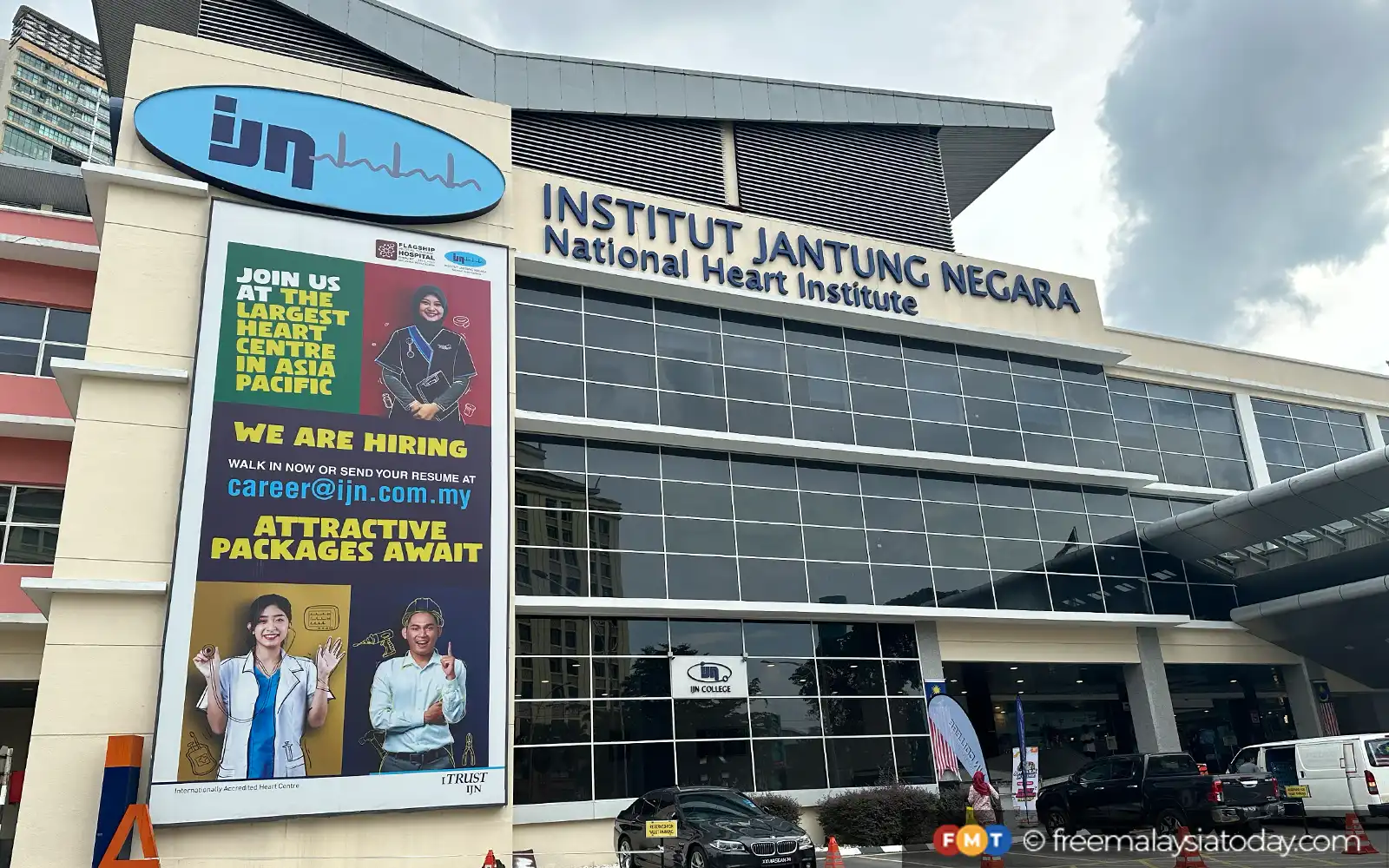
The health ministry has denied claims that it no longer covers the cost of treatment for retired civil servants at the National Heart Institute (IJN), saying that this group accounted for about 60.5% of patients treated at the facility last year.
Health minister Dzulkefly Ahmad said records show that 44,257 patients received government funding for treatment at IJN in 2024.

“Of these, 26,782 were government retirees, 16,303 civil servants and 1,172 underprivileged patients,” he said in a written parliamentary reply.
He also said the total cost of treating these patients at IJN in 2024 was RM595 million – RM358 million for pensioners, RM200 million for civil servants, and RM37 million for underprivileged patients.
“These figures clearly indicate that the government continues to bear the cost of treatment at IJN for government retirees and underprivileged individuals who require medical services not available at government hospitals,” he said.
Dzulkefly was responding to Ismail Sabri Yaakob (BN-Bera), who asked why the government no longer covered the cost of treatment of retired civil servants at IJN.
The former prime minister also asked whether IJN still maintained a welfare fund to assist low-income patients.
Dzulkefly did not comment about the status of the welfare fund, but said approval for government subsidy for underprivileged patients is subject to a socioeconomic assessment conducted by a medical social welfare officer from the ministry.
In February last year, the ministry defended its decision to discharge retirees and civil servants from IJN and refer them to cardiac centres closer to their homes as a cost-cutting measure.
The ministry said patients are only discharged from IJN once their conditions are stable, with a monitoring period of at least six months to a year for adults and one to two years for children.
It also said these stable patients are then referred back to public hospitals for continued care under the cardiology and cardiothoracic departments, allowing about 4,000 new patients to be referred to IJN annually and maximising cost-effectiveness.
The ministry stated this when responding to a letter published on health news portal CodeBlue, in which a retiree said he was shocked to be discharged from IJN despite 25 years of receiving extensive care, with multiple admissions and procedures.






